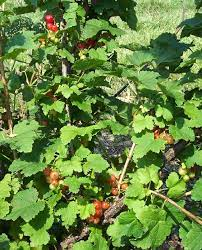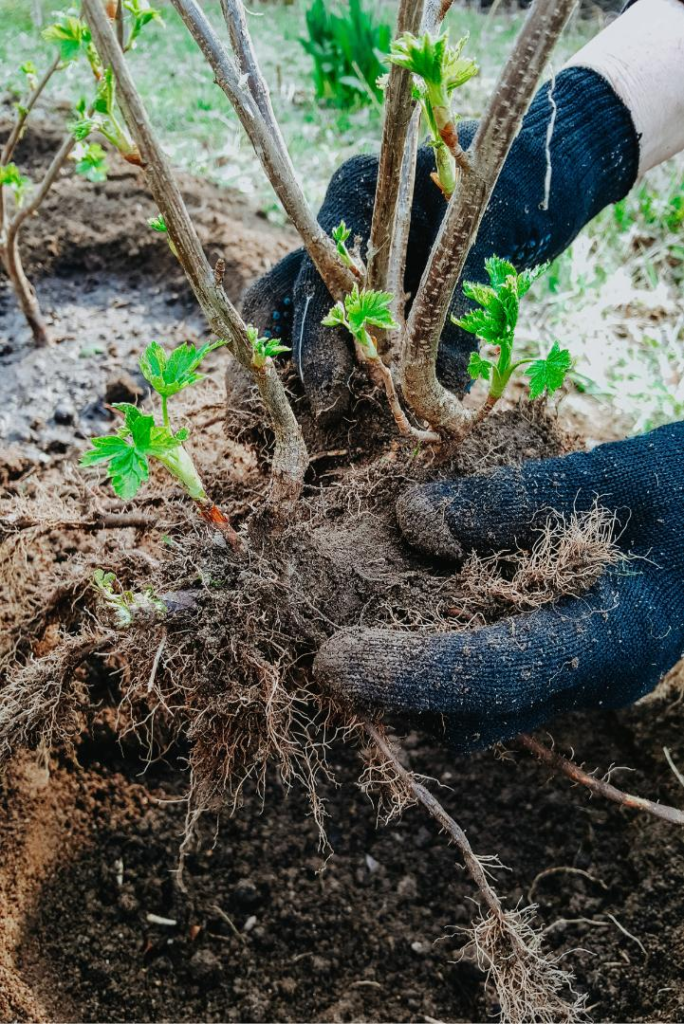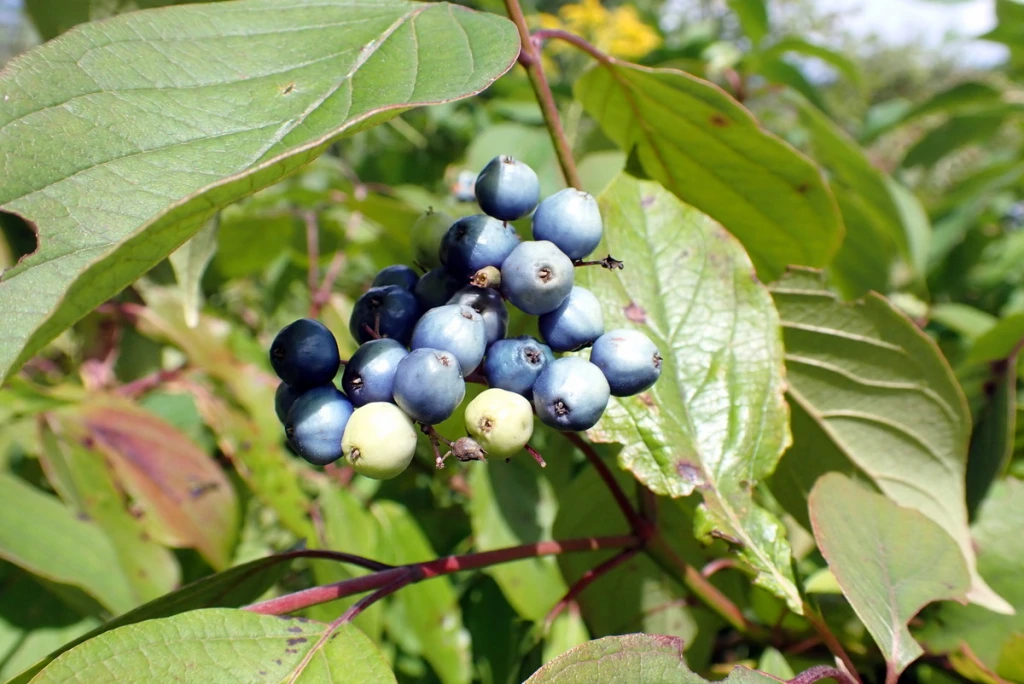Currants are among the easiest fruits to grow and yet remain underappreciated in many gardens, especially in the United States, where they were once banned due to concerns over a disease called white pine blister rust. This disease, which affects white pine trees, uses currants as an intermediary host. Despite the historical ban, which has been largely lifted in most states, currants are now making a comeback, and American gardeners are rediscovering the joys of growing these low-maintenance, high-yielding fruits.
Why Currants Were Banned
The ban on currants was initially enforced because they can transmit white pine blister rust to white pines, leading to the trees’ death. While the disease has had a devastating impact on pines, currants themselves are only mildly affected. After decades of research, the disease’s spread remained largely unaffected by the ban, prompting many states to lift restrictions and allowing gardeners to grow currants once again.

Types of Currants
Currants fall into three main types: blackcurrants, redcurrants, and whitecurrants, each with unique characteristics:
- Blackcurrants are the easiest to grow, thriving in full sun but tolerating some shade. These plants yield vitamin C-rich berries ideal for pies, jams, and cordials.
- Red and white currants resemble gooseberries in growth habit and can be trained as cordons or standards. Redcurrants are tart, perfect for cooking and preserving, while whitecurrants are sweeter and make a great addition to desserts.
Planting Currants
Currants thrive in moist, well-drained soil that isn’t waterlogged. Blackcurrants do best in rich, fertile soil, while red and white varieties are more adaptable to various soil types. Autumn is the ideal planting season, allowing plants to establish roots before winter.
- Preparation: Clear weeds from the planting area and amend the soil with compost and organic fertilizer, such as blood, fish, and bone.
- Planting Depth: For blackcurrants, plant a little deeper than the pot’s original soil line, while red and white currants should be planted at the same level as their potting mix.
- Spacing: Plant currants 3 feet (90 cm) apart, as they can grow into large bushes.

Caring for Currants
Once planted, currants require minimal maintenance. Key care steps include:
- Watering: Keep newly planted bushes watered, particularly during dry spells.
- Mulching: Apply organic mulch to retain moisture and enrich the soil. Top it up in spring after applying balanced fertilizer to boost nutrients.
- Pruning: In winter, prune dead or diseased wood and any poorly placed branches to maintain shape and airflow. For blackcurrants, cut back the oldest canes to promote new growth. For red and white currants, encourage an open, bowl-shaped structure by cutting back new growth and side shoots.
Harvesting Currants
Currants are easy to harvest, but you should cover your plants with netting to protect the berries from birds. Harvest the fruit once it reaches its final color, typically when the berries form clusters called “strigs.” It’s easier to pick whole strigs at once and then separate the berries using a table fork.

Though currants are perishable, they store well in the fridge for a few days and freeze excellently. Use them in smoothies, crumbles, or preserves to make the most of your harvest.
Conclusion
Currants are a fantastic, low-maintenance fruit for any garden, offering bountiful harvests and versatile uses. Whether you’re growing them for jams, pies, or just to enjoy fresh, currants are a worthwhile addition to your garden that are sure to impress and delight!
